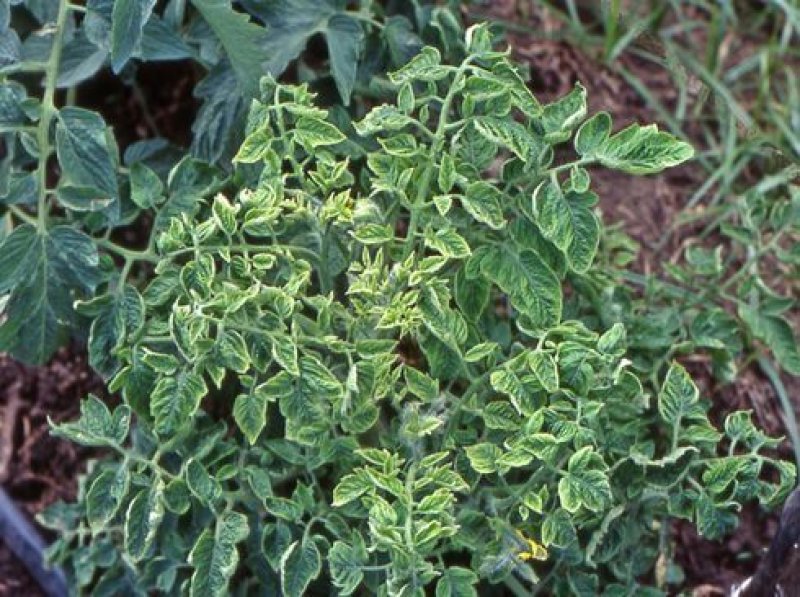The GLP aggregated and excerpted this blog/article to reflect the diversity of news, opinion and analysis.
The CRISPR/Cas9 system can be used to deliver stable molecular immunity against DNA viruses that infect plants, according to a study published this week (November 10) in Genome Biology. Researchers at Saudi Arabia’s King Abdullah University of Science and Technology have so far tested the gene-editing tool in Nicotiana benthamiana, a relative of the tobacco plant. If the approach works in crops like the tomato, viral resistance could minimize crop loss and its economic consequences, the researchers noted.
“The study is a proof of concept that CRISPR/Cas9 can be used to destroy DNA viruses and block viral infection and disease progression,” said Yinong Yang, who studies molecular plant-microbe interactions at Pennsylvania State University but was not involved in the work. “RNA interference has been tried to control DNA viruses in plants, but it has not worked well.”
Based on the reported results, “I believe that the CRISPR-Cas9 system can be extensively applied as a new weapon at a molecular level to protect plants from DNA viruses,” Jianwei Zhang of the University of Arizona and the Arizona Genomics Institute, who was not involved in the work, wrote in an email to The Scientist.
Magdy Mahfouz, an assistant professor at the Center for Desert Agriculture at King Abdullah University, and his colleagues used CRISPR to target the tomato yellow leaf curl virus (TYLCV), a single-stranded DNA virus that infects tomato plants. Currently, there are no adequate ways to control TYLCV, the most destructive tomato pathogen, according to Zhang. The present study, while not the first to use the CRISPR genome-editing tool to target and degrade plant viral DNA, is the first to demonstrate the ability to curtail TYLCV infection.
Read full, original post: Engineering Virus-Resistant Plants































